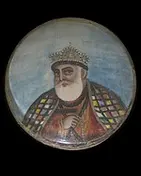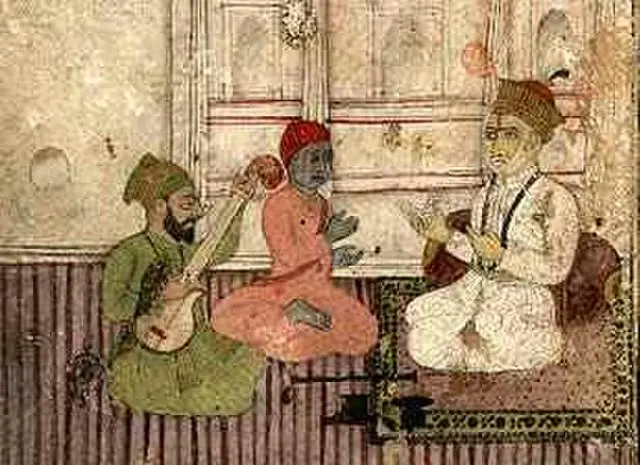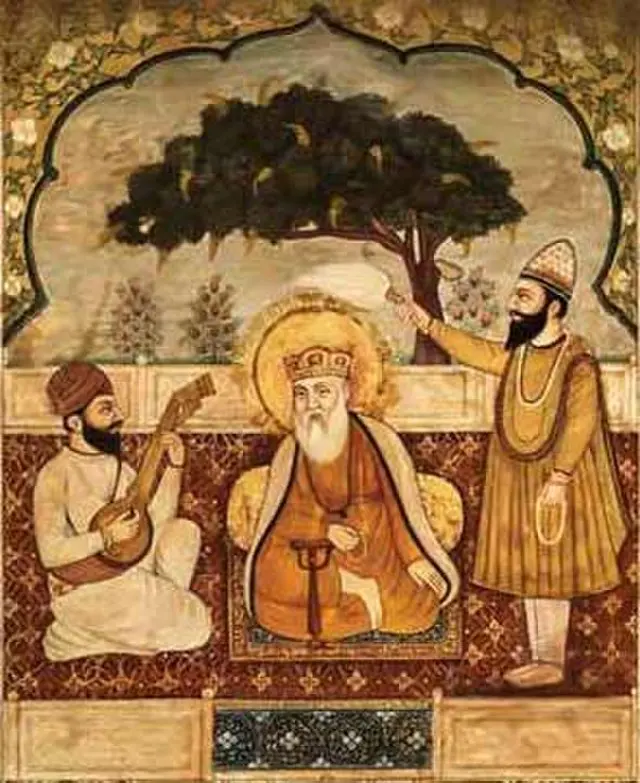 The message of Guru Nanak after emerging from the river Bein, three days after he had been in communion with God, was the opening of the Japji Sahib — the Mool Mantar that described the oneness of God and his attributes. He emphasised that God existed and was synonymous with truth before time, was present throughout the ages, is present now, and will be forever present in the future. He declared that: “There is no Hindu, there is no Muslim.”
The message of Guru Nanak after emerging from the river Bein, three days after he had been in communion with God, was the opening of the Japji Sahib — the Mool Mantar that described the oneness of God and his attributes. He emphasised that God existed and was synonymous with truth before time, was present throughout the ages, is present now, and will be forever present in the future. He declared that: “There is no Hindu, there is no Muslim.”
Interfaith Journeys
“There is a famine of truth; Falsehood prevails, and the blackness of the Dark Age of Kali Yuga has turned people into phantoms.” Guru Granth Sahib, 468
Being acutely aware of this famine of truth that was prevalent at the time, Guru Nanak undertook four interfaith journeys to different parts of the world, accompanied by a Muslim musician, Bhai Mardana, and sometimes a Hindu, Bhai Bala, to take his particular message to the world. He covered incredible distances, walking approximately 20,000 miles, almost exclusively on foot, through all kinds of terrain. Throughout these journeys, neither knowing where he would spend the night nor where he would eat, Guru Nanak demonstrated his unwavering love, commitment and trust in God.
The first twelve-year journey was made eastwards across India, visiting cities sacred to the Hindus, such as Hardwar, Ayodhya, and Varanasi. This was followed by a five-year journey southward to Sri Lanka, returning to the Punjab via Gujarat and Rajasthan. A further two years were spent going northwards into the Himalayas as far as Tibet, and a final four-year journey was made westwards into the Middle East, visiting the sacred Islamic cities of Mecca, Medina, and Baghdad, returning through Iran, Iraq, and Afghanistan.

During Guru Nanak’s journey northwards, he had extensive dialogues with the Siddhs, some of the greatest sages and ascetics who had renounced the world and resided in the caves of the Himalayas. The dialogue recounted in the Guru Granth Sahib is known as the Siddh Gosht. The Siddhs sought spiritual enlightenment and peace through renouncing the world. They were intrigued by the visit of Guru Nanak, who was far younger than they. They addressed him as “dear child” and posed many deep philosophical questions. Reflecting on one of the most significant exchanges with the Siddhs, Bhai Gurdas wrote that Guru Nanak was asked: “How are things going down below in the world?”
Guru Nanak replied that the world was drowning in sins and injustices, burning in falsehoods, and pleading for rescue and asked the Siddhs about their responsibilities. Furthermore, he asked what hope there was when the spiritually adept had taken refuge in the mountains, in ignorant bliss of the world’s plight? What hope would the world have to be redeemed from its suffering?
In his travels to Mecca, when faced with the question of which civilisation was greater, the Hindu or the Muslim, Guru Nanak simply responded that neither was greater because their followers are caught “in meaningless rituals.” He was prepared through sheer love to uplift the people whom he met, to ensure that they were not caught in mere ritual but rather that they had a deep understanding of their own faith. For example, in his dialogue with some Muslims he encountered, he defined a true Muslim:
It is difficult to be called a Muslim; one must be so, to get himself called a Muslim. First, he ought to accept the Deen (Religion as presented by Prophet Muhammad) as sweet (good), and then with this scraper, let him scrub his ego clean and let his pride of possession be scraped away. To become the true follower of the Islamic faith, let him break the illusion of his life and death. And heartily submit to the Will of Rab (God), worship the Creator and efface self-conceit. Says Nanak, if he is merciful to all creatures, then he is truly acclaimed as a Muslim. Guru Granth Sahib, 141
Guru Nanak’s four journeys, lasting twenty-three years, led him to meet with people from different areas and regions of the world. He visited holy places of major religions, particularly Hinduism, Islam, Jainism, and Buddhism, to share his divine message. Guru Nanak taught those he encountered to respect their own faith and to remain true to it but also to respect and even protect other faiths. He was against proselytization and forced conversions.
These long arduous journeys signify his deep concern for the suffering of humanity and his wish to share God’s message. Buoyed by his interfaith dialogue at Sultanpur Lodhi, Guru Nanak was adamant that members of all faiths should discover God’s message within their own faiths, but, even more, he was driven to expose the superstitions, falsehoods, and rituals that had come to dominate their faiths.
The overarching message was one of love and peace, as well as the truth and the oneness of God. He asked both Hindus and Muslims to be true to the essence of their religions. He stressed the need to live in the world, inspired by a sense of loving duty towards not just the Creator but the whole of creation. His teachings were expressed in lyrical verse, urging us to live up to those qualities latent within us that make us all in the image of God – such as love, compassion, forgiveness, truth, and selflessness. Through dialogue, he explained universal principles for all of humanity.

![]()

